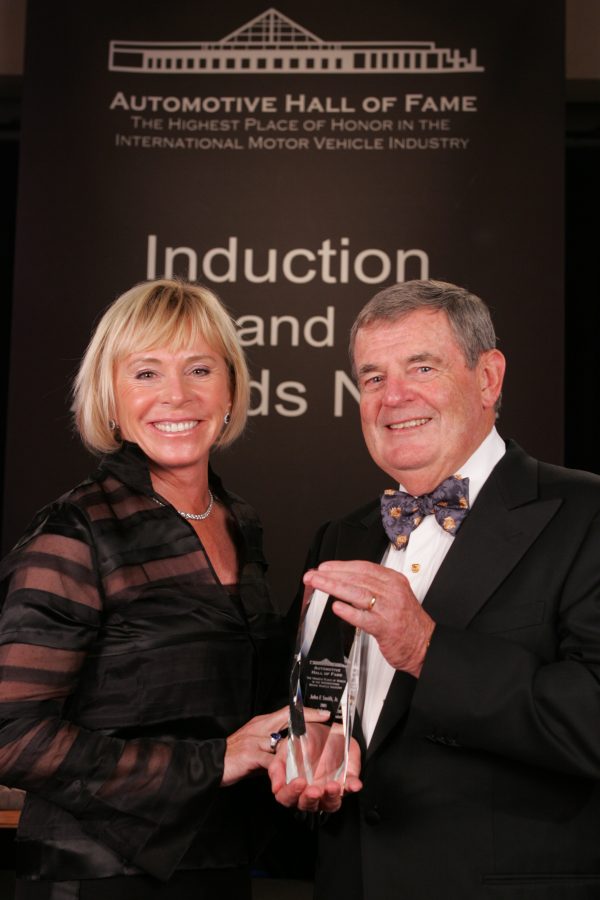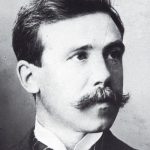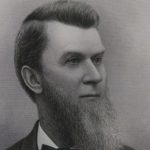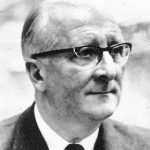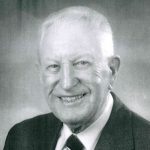Leading a titanic transformation
General Motors’ former Chairman and CEO John F. “Jack” Smith Jr. engineered one of the largest turn arounds in corporate history, defying business insiders, academics and journalists, and he did so leveraging the company’s assets: its people power, economies of scale, plant rationalizations, a simplified product line, streamlined communications and a decrease im special sales deals and gimmicks.
Born in Worcester, Massachusetts in 1938, Smith attended the University of Massachusetts and Boston University, where he earned his MBA. He joined General Motors in 1961 as a payroll auditor at the Fisher Body plant in Framingham, Massachusetts, where his work-ethic and no-nonsense approach got him noticed by future GM Chairman Roger Smith.
Roger invited Jack to come work with him in GM’s financial group in New York City, but Jack initially refused. Roger would later convince him to take the job, and Jack would eventually become assistant treasurer. Smith was steadily promoted to positions of even greater responsibility. He was named vice chairman of the company in 1990 and elected GM president in 1992. After becoming president, Smith immediately found himself in the middle of a crisis. GM had suffered record financial losses in the early 1990s, and the future of the company was in doubt. GM’s board soon appointed Smith as chief executive officer and asked him to restructure the company, a task which had not been attempted since Alfred P. Sloan had organized General Motors 70 years prior. Smith knew that in order for GM to survive, he would have to break down the walls of long-entrenched bureaucracy. He also knew the company would need to bring products to the marketplace more quickly, build them with higher quality, and re-build relationships with labor, suppliers and dealers.
Smith began streamlining and consolidating operating divisions and engineering centers. He was also a pioneer in investing in the Asia/Pacific region, particularly China. In 1993, just a year after its financial crisis, the company turned a profit of $2.5 billion. In 1994, the company earned $4.9 billion and was clearly on its way back. Smith would be named chairman of General Motors Corporation in 1996, and retire in 2003. Though he accepts his role as GM’s savior reluctantly, Smith was able to accomplish a task in a matter of a few years that many said couldn’t be done.

